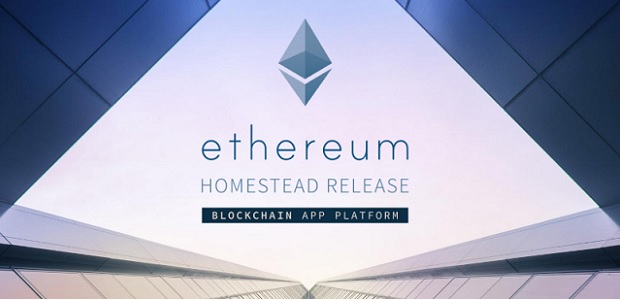RBS tests demonstrate ability of a blockchain app platform to support a national domestic payments system

The current cross-border clearing and settlement value chain is costly, inefficient, and not transparent. A distributed ledger solution (‘blockchain’) applied to the cross-border clearing and settlement process is expected to enhance visibility, minimise settlement risk, lower costs, and increase transaction speed. Some estimates place the benefit of distributed ledger solutions in cross-border clearing and settlement at $50-60 billion on a cost base of $150 billion1.
The Innovation Engineering team at Royal Bank of Scotland2 (RBS) has built a Clearing and Settlement Mechanism (CSM) based on the Ethereum3 distributed ledger and smart contract platform. The aims of the initial performance testing were to evaluate the technology and understand any current limitations.
In a technical paper, the bank says „Ethereum required some modifications to tune its focus from a hugely distributed, public system to a faster moving, private ledger aimed at speed and throughput.” To prove the system, the bank called in support from GFT Technologies SE4 to test the application on Google’s cloud platform.
„The test results evidenced a throughput of 100 payments per second, with 6 simulated banks, and a single trip mean time of 3 seconds and maximum time of 8 seconds. This is the level appropriate for a national level domestic payments system.” says the paper.
The RBS team behind the project says the modifications and setup specifics will now be used to take the project forwards as an open source initiative.
About Ethereum
Ethereum is a decentralized platform that runs smart contracts: applications that run exactly as programmed without any possibility of downtime, censorship, fraud or third party interference.
These apps run on a custom built blockchain, an enormously powerful shared global infrastructure that can move value around and represent the ownership of property. This enables developers to create markets, store registries of debts or promises, move funds in accordance with instructions given long in the past (like a will or a futures contract) and many other things that have not been invented yet, all without a middle man or counterparty risk.
The project was bootstraped via an ether pre-sale during August 2014 by fans all around the world. It is developed by the Ethereum Foundation, a Swiss nonprofit, with contributions from great minds across the globe.
Dariusz Mazurkiewicz – CEO at BLIK Polish Payment Standard
Banking 4.0 – „how was the experience for you”
„To be honest I think that Sinaia, your conference, is much better then Davos.”
Many more interesting quotes in the video below:












